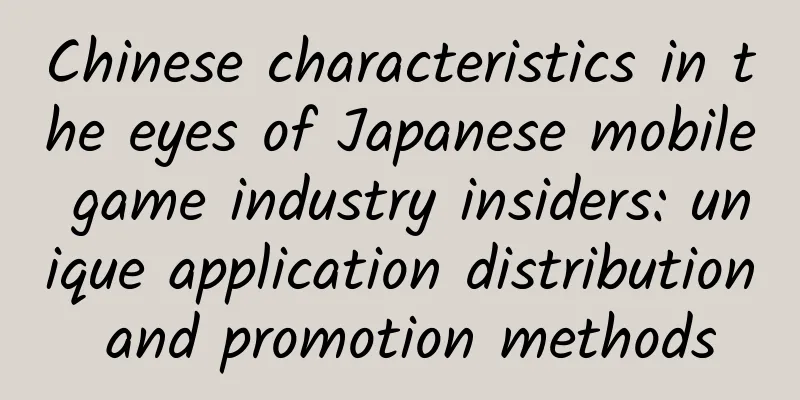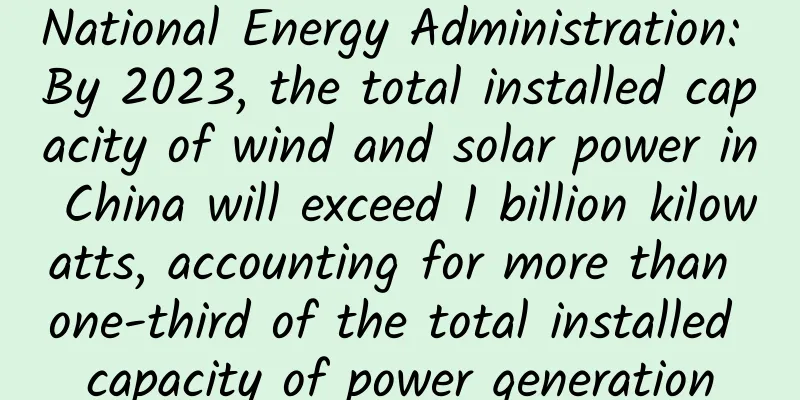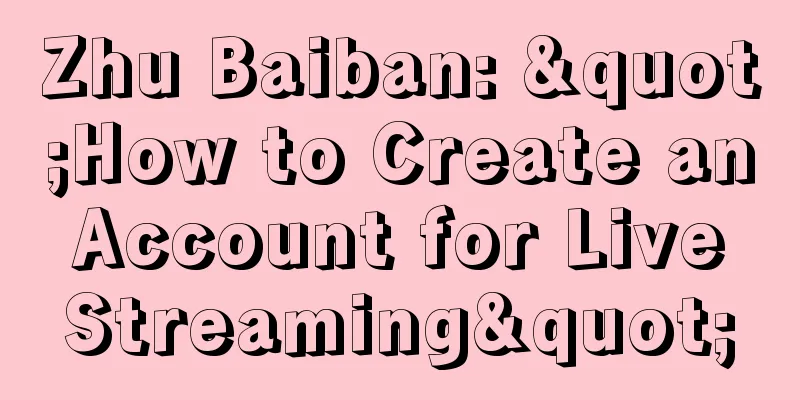Chinese characteristics in the eyes of Japanese mobile game industry insiders: unique application distribution and promotion methods

|
via:appying If overseas games are to be released in mainland China, they will basically choose to cooperate with local large companies, and the promotion after release will be handed over to local companies. Game applications flow into platforms with countless users, and each platform has its own model. Let's take a look at those local business models. 1. The actual situation of game distribution The most common form of cooperation between overseas developers and local publishers is a profit-sharing model where both parties bear certain risks. The profit-sharing will be defined differently according to the actual situation, but generally speaking, the sales of the application (after deducting the platform fee) will be divided according to the pre-negotiated ratio. The most common ratio is 3:7, with the publisher taking the majority. Another important thing in the cooperation is the Minimum Guarantee ( MG Plan). According to this plan, after the publisher and the developer sign an agreement, the publisher will first pay a portion of the funds to the developer to localize the game and other local improvements, and then hand the game over to the publisher for promotion and operation. The most important feature of this cooperation model is that the publisher has the right to obtain 70% of the profits, and the MG Plan is a necessary additional condition. Unlike the market dominated by Google Play and App Store abroad, there are hundreds of channels in China, so it is difficult to grasp the actual situation. In order to flow applications into this huge channel group, publishers often adopt a "multiple distribution plan". If the main body that directly cooperates with developers to share the profits is called the first distribution, then there are 2nd and 3rd distributions after that. While promoting on their own platforms, they expand the scope and cooperate with multiple other channels. China's unique distribution method has achieved this pyramid structure. Each channel has its own user base, and through multi-channel dissemination, the user audience is further expanded. The revenue sharing will continue after the second release. The specific ratio will vary according to the actual situation, but most of them are in the form of 50-50. However, in the form of cooperation with overseas developers, the specific actual situation after the second release is usually not very detailed. II. Characteristics of the primary issuance With strong capital and rich experience, they usually also conduct game development and distribution, etc., and have obtained a large number of user groups from other Internet businesses. They have the advantage of being an application channel platform and the ability to control secondary distribution at will. For example, when Tencent and GungHo cooperated, Tencent was the only one to distribute. III. Characteristics of 2nd or fewer issuances As mentioned in the previous article, from the classification point of view, there are many different types of channels, such as application management assistants, communication operators, manufacturers, etc., but in fact, the second issue is a platform that directly cooperates with the first issue or has the qualification of being entrusted for promotion. These may not have the scale to be an application platform, but if they can have a precise audience, they will be stacked as the third or fourth issue. 4. Diverse promotion channels While the first release and the second and third releases expand channels in a profit-sharing model, they will also carry out publicity strategies. If they cooperate with overseas developers, the promotion costs are generally borne by the publisher. Based on strong funds, they use pre-investment to acquire users and thus expand profit sharing. They usually use advertising agencies, or directly promote in secondary distribution centers. It is common to use such platforms as promotion channels (but in this case, the share ratio will be adjusted based on the cost of promotion). In other words, the distribution and promotion channels of game applications are basically the same. To effectively carry out large-scale promotion in such a complex channel, the most suitable one is the "multiple distribution plan". The following are the main forms of various promotion channels in China, for reference only. (Translator's note: The information is not the actual situation in China and is compiled by Japanese colleagues) In Japan, in addition to mass advertising, the main promotion methods are advertising columns on application platforms, paid advertising, and application introduction websites. However, in China, the extremely complex types of promotional media and the widespread use of internal means make people feel incredible. 1. Android to third-party application platform Major platforms: Hiapk, Anzhi, Gfan, Appchina, Mumayi; 2. Application installation management platform Main platforms: Wandoujia, 360 Mobile Assistant, 91 Assistant, Tencent Mobile Assistant, Baidu Mobile Assistant; 3. Manufacturer Platform Major platforms: Xiaomi, Huawei, Samsung; 4. Communication operator platform Main platforms: China Telecom, China Mobile, China Unicom; 5. Web portal platform Major platforms: Tencent, Netease, Sohu, Sina, Alibaba; 6. Mobile Advertising Platform Major platforms: Domob, Limei, admob, Weiyun, Youmi, Yidon; 7. Pre-installed applications on licensed terminals Main platforms: Android smart devices, mainly Huawei and ZTE; 8. Pre-installed applications on knockoff terminals Main platforms: Xda, Coolhc, Shuame, etc. 9. Ranking Agents Major platforms: Most are centered around small and medium-sized agencies; 10. Review and guide websites Main platforms: Kingsoft, Goqu, Apple Garden, iDianping, and Free Master; 11. Cross-promotion website Main platforms: Kingsoft, 91.com, NetEase; |
<<: The most comprehensive manual in history: Complete guide to APP promotion and operation
>>: [Online Event] Learn to develop games with Cocos2d-lua in two hours
Recommend
APP promotion: 7 ways to acquire seed users in the early stages of entrepreneurship!
When it comes to promotion, I guess the first ste...
WeChat banned WeTool, how to do social marketing?
Tencent's ban on WeTool brings not only risks...
Online Promotion: Online Training Camp Operation Manual
Training camp is the most common and standardized...
Tao Li's "Preparation for Pregnancy Yoga" tutorial video, 7-day preparation plan for women
Course Contents: 1 Relaxing the body and mind.mp4 ...
Great Wall WEY's fuel consumption fraud scandal continues, and its core technology is still not up to standard
As a typical representative of the upward movemen...
Xiaohongshu product analysis and optimization plan
1. Product Disassembly and Development History 1.1...
Let’s talk about the operation and promotion of mobile games!
What to do when you are bored? Let’s play a game ...
The Autumnal Equinox is here. Do a good job of "four preventions" and "three no leaks" to have a good autumn.
The Autumnal Equinox has arrived, indicating that...
Double Eleven, e-commerce industry leverages marketing skills!
The National Day is coming soon. A group of marke...
Tik Tok data-based operation, promotion and analysis skills!
Today I will give you an in-depth analysis of Dou...
Six major problems that plague iPhone 7/7 Plus: Not as perfect as you think
Although this year's iPhone 7 did not give pe...
iQiyi and Youku: The secret of attracting millions of users a day
The eternal topic - the pressure of user growth A...
I have been deceived by black sesame pills for too long! What is the real secret to growing long hair?
Recently, #Eating too many black sesame pills may...
Seeing this WeChat update, I decided to praise the founder
[[411358]] I believe that friends who have checke...









